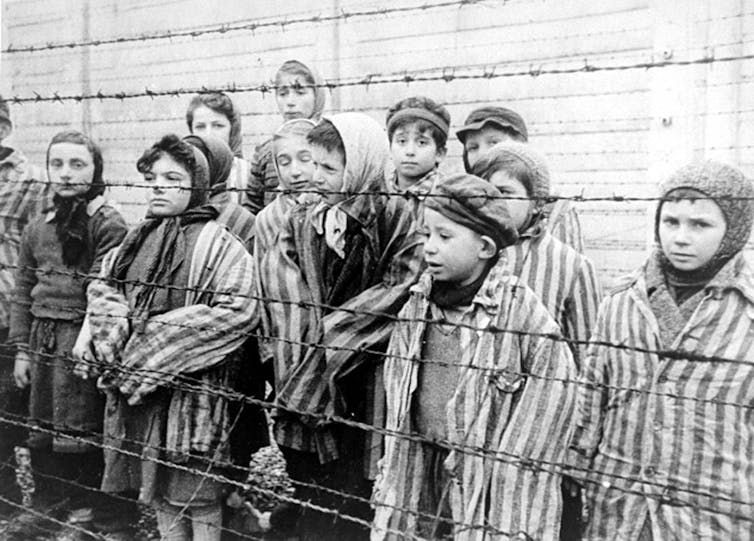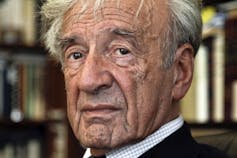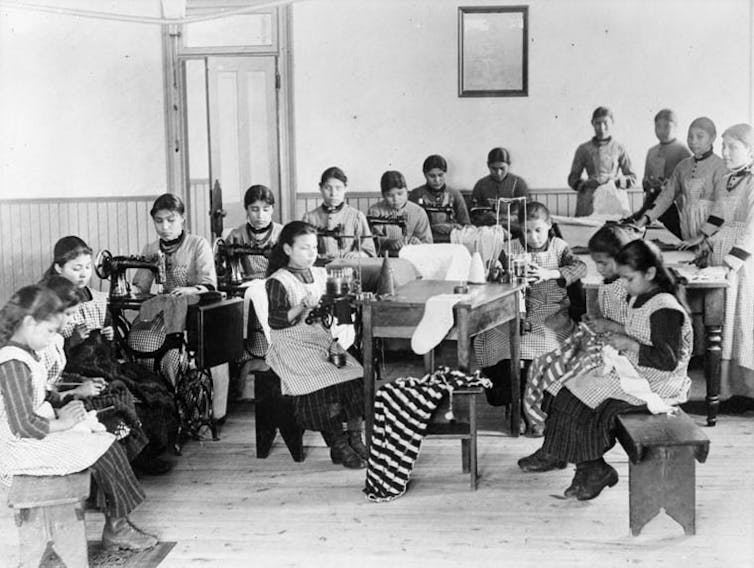 |
| Northern Lights - Banner (Via Sound and Light Show on Parliament Hill) |
Residents and visitors to Canada's Capital Region will be able to enjoy a unique sensory experience as they learn more about Canada's history and culture. Thirty minutes of spectacular effects and dazzling images will highlight the inspiring stories of the men and women who helped build our country.
The fourth season of the show will run from July 9 to September 3, 2018, with performances every night at 10 p.m. in July, 9:30 p.m. in August, and 9 p.m. in September.
⏩ This perfect evening activity is sure to delight audiences of all ages.
Quote:
"Every year, Northern Lights offers a memorable experience for residents and visitors to Canada's Capital Region. Parliament Hill is the ideal setting for this unique show, thanks to its history and what it represents. This summer, get together with family and friends to discover our country's history, and let yourself be transported by the magic of the show."
The Honourable Mélanie Joly, Minister of Canadian Heritage
Quick Facts:
- Northern Lights broke records last year, during the Canada 150 celebrations. More than 314,400 people saw the show in 2017.
- The show is expected to welcome its millionth visitor in its fourth season—a milestone that previous shows did not reach until their fifth season.
- For the 2018 show, the national anthem has been updated with the new, gender-neutral version of "O Canada."
- Manulife is the exclusive sponsor of Northern Lights.
⏩ Follow Northern Lights on Twitter, Instagram, and Facebook, and with hashtag #NorthernLights.
 |
| Northern Lights (Via Sound and Light Show on Parliament Hill) |
More About Northern Lights:
(Via Sound and Light Show on Parliament Hill)
The show
Northern Lights is a free bilingual show presented nightly from July 9 to September 3, 2018. Show times: in July at 10:00 p.m., in August at 9:30 p.m., and in September at 9:00 p.m.
This experience of sound and light is a thrilling thematic journey through Canada’s history. Combining bold digital technology with the architectural splendour of the Parliament Buildings, the show illuminates Canadian stories of nation-building, partnership, discovery, valour, pride and vision at the heart of our country.
Audiences have been captivated by sound and light shows on Parliament Hill for more than 30 years.
Key figures, events and achievements from Canadian history are brought to life using five distinct artistic styles. All are presented in spectacular detail, with stirring narration and an original score, against the backdrop of the Centre Block and Peace Tower.
⏩ The narrative unfolds through five thematic “books”:
Book One: Foundations of the Nation.
A fluid ink-in-water style is used to paint stories of how people from all over the world have expanded our foundations. From traditional indigenous ways of life and early European settlements to modern citizenship ceremonies, these stories are linked by our desire to call Canada “home”.
Book Two: Strength in Partnership.
Partnership and determination have made Canada strong. Using an illustration style inspired by classical paintings, this book explores alliances that have shaped our country.
Book Three: Discovery and Adventure.
A lithographic style takes us on a voyage showcasing the achievements of explorers, scientists and innovators whose quests into the unknown continue to inspire us to follow our dreams.
Book Four: Valour.
This powerful book combines dramatic performances with archival materials and charcoal drawings to honour the men and women who have served their country, both at home and abroad, in military conflicts since the First World War.
Book Five: Pride and Vision.
Inspired by the stained glass windows of the Memorial Chamber in the Peace Tower, this intensely colourful book celebrates the natural grandeur of our country and the diversity of her people.
⏩ For more info, visit Sound and Light Show on Parliament Hill




























